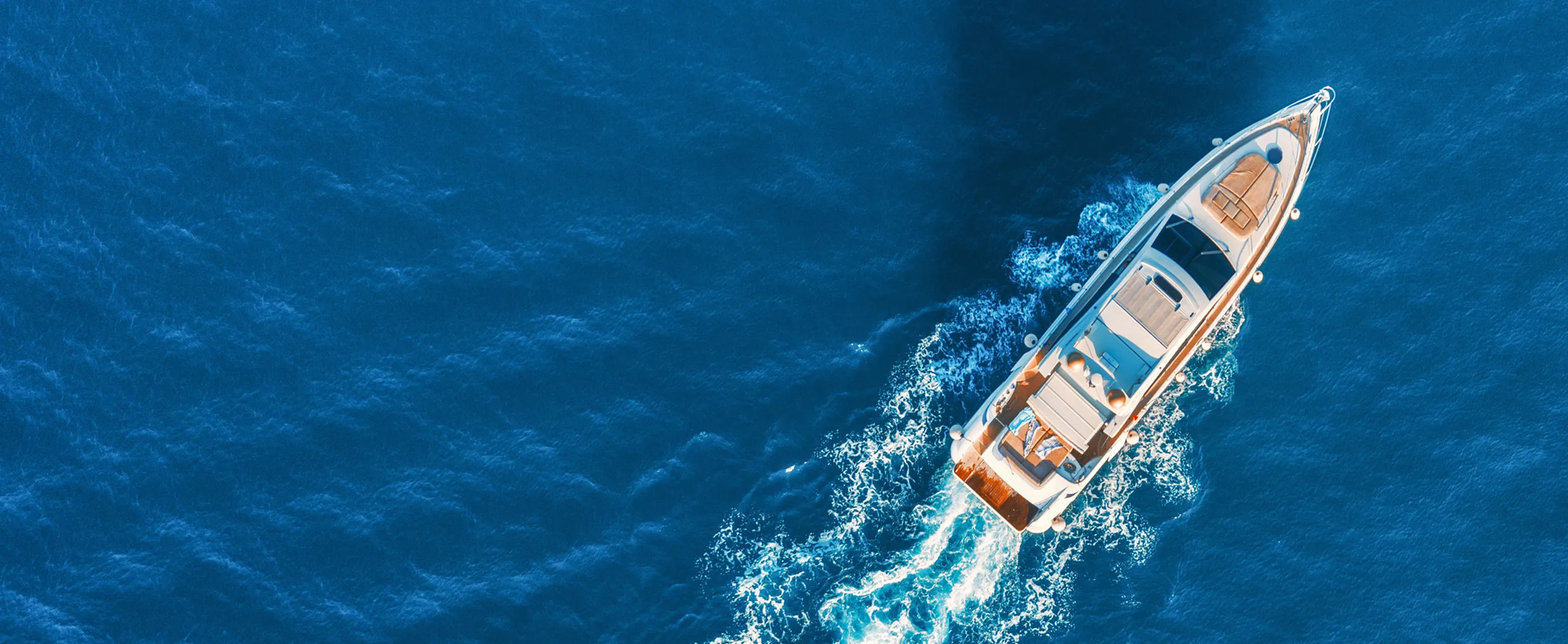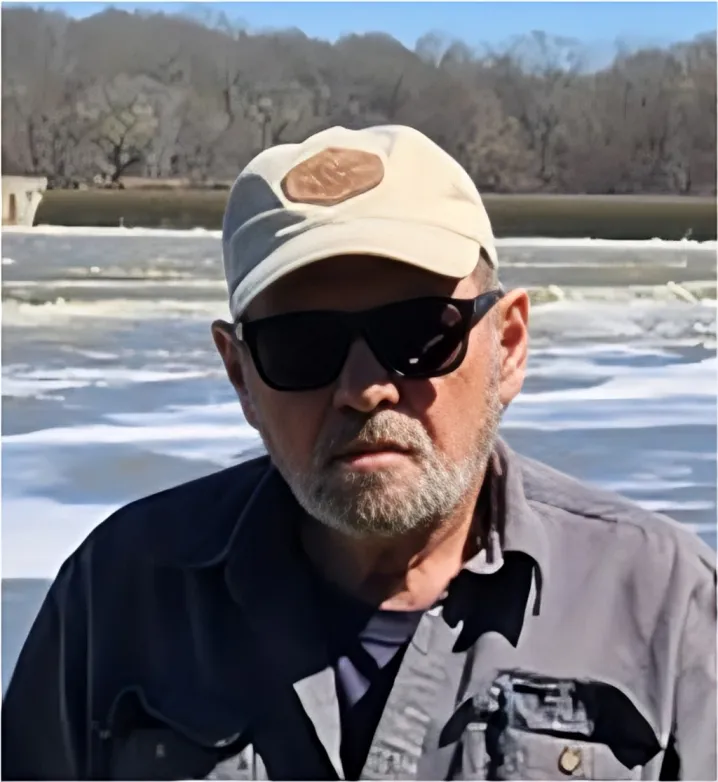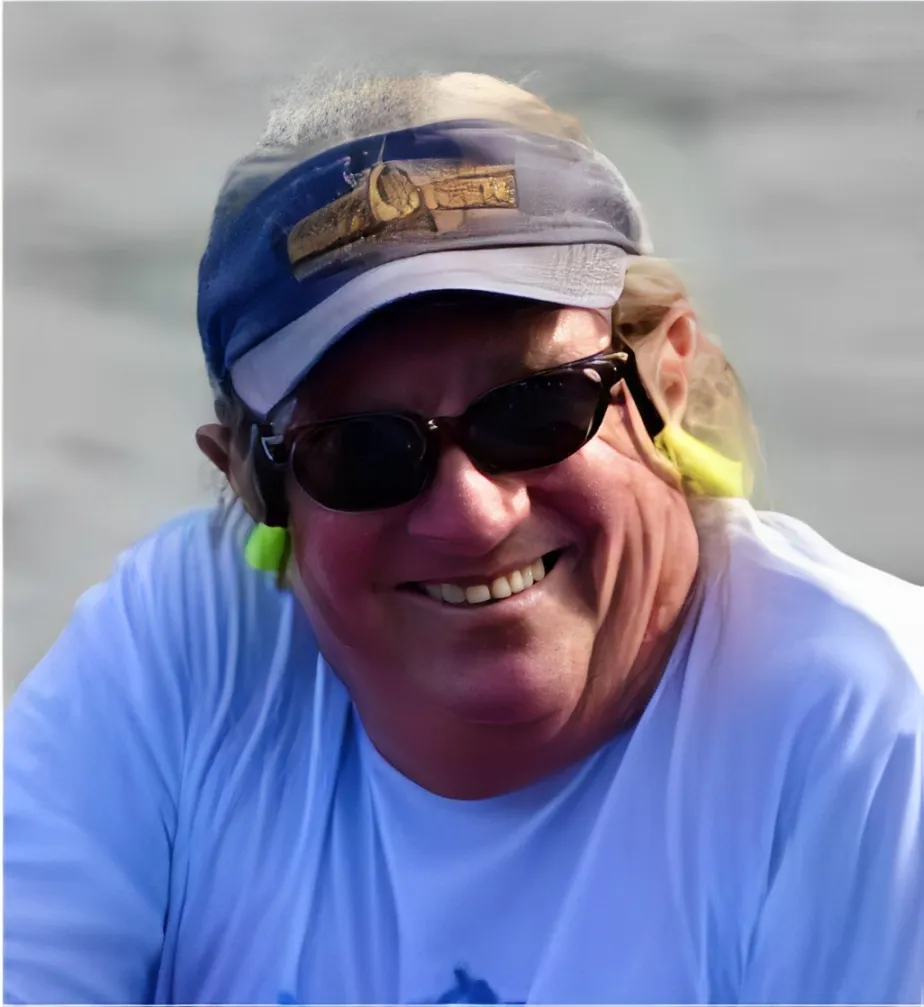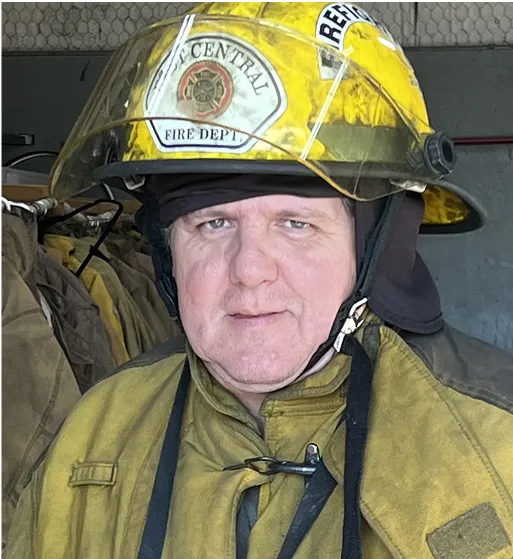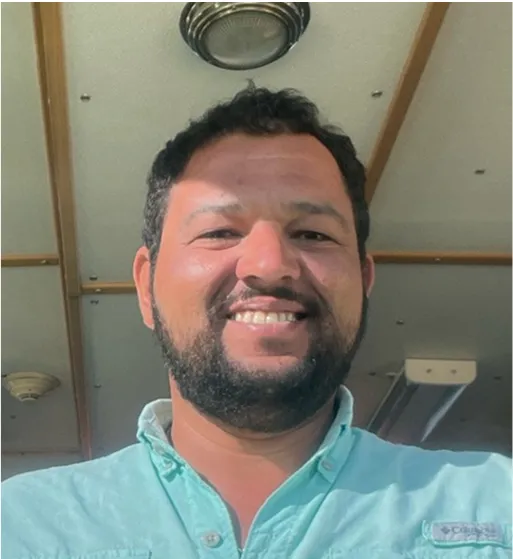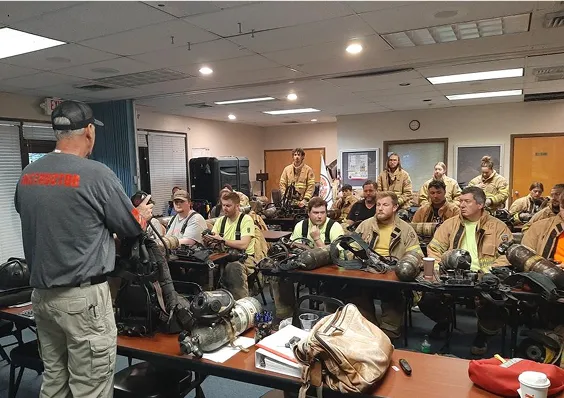.webp)
Learn the practical aspects of boating, navigation, survival, firefighting, knot-tying and more.
Upon completion of the course and examination, students will be able to captain up to six paying passengers on uninspected vessels up to 100 gross tons and 100 miles offshore. This includes small tour boats, fishing charters, SCUBA diving boats, and other similar vessels. For commercial activities with seven or more passengers on inspected vessels, a Master's License is required.
Upon enrolling in Sea School's Online OUPV course, you will receive all necessary books, charts, and plotting tools for the course.
Locations
Heading
Train from Anywhere with Sea School Courses – Learn at Your Own Pace
Train on your schedule with Sea School’s self-paced online courses. Designed for flexibility and convenience, our online programs allow you to complete key certifications and knowledge-based training from anywhere, at any time.
Train from Anywhere with Sea School Courses – Learn at Your Own Pace
Train on your schedule with Sea School’s self-paced online courses. Designed for flexibility and convenience, our online programs allow you to complete key certifications and knowledge-based training from anywhere, at any time.
Train from Anywhere with Sea School Courses – Learn at Your Own Pace
Train on your schedule with Sea School’s self-paced online courses. Designed for flexibility and convenience, our online programs allow you to complete key certifications and knowledge-based training from anywhere, at any time.
Upcoming Zoom Trainings
Join our courses from anywhere with our convenient Zoom sessions. Choose the dates that work best for your schedule and start your journey toward earning your next license or endorsement - without ever leaving home.
This Course Has Other Options for Learning
The Right Course for Every Seafarer
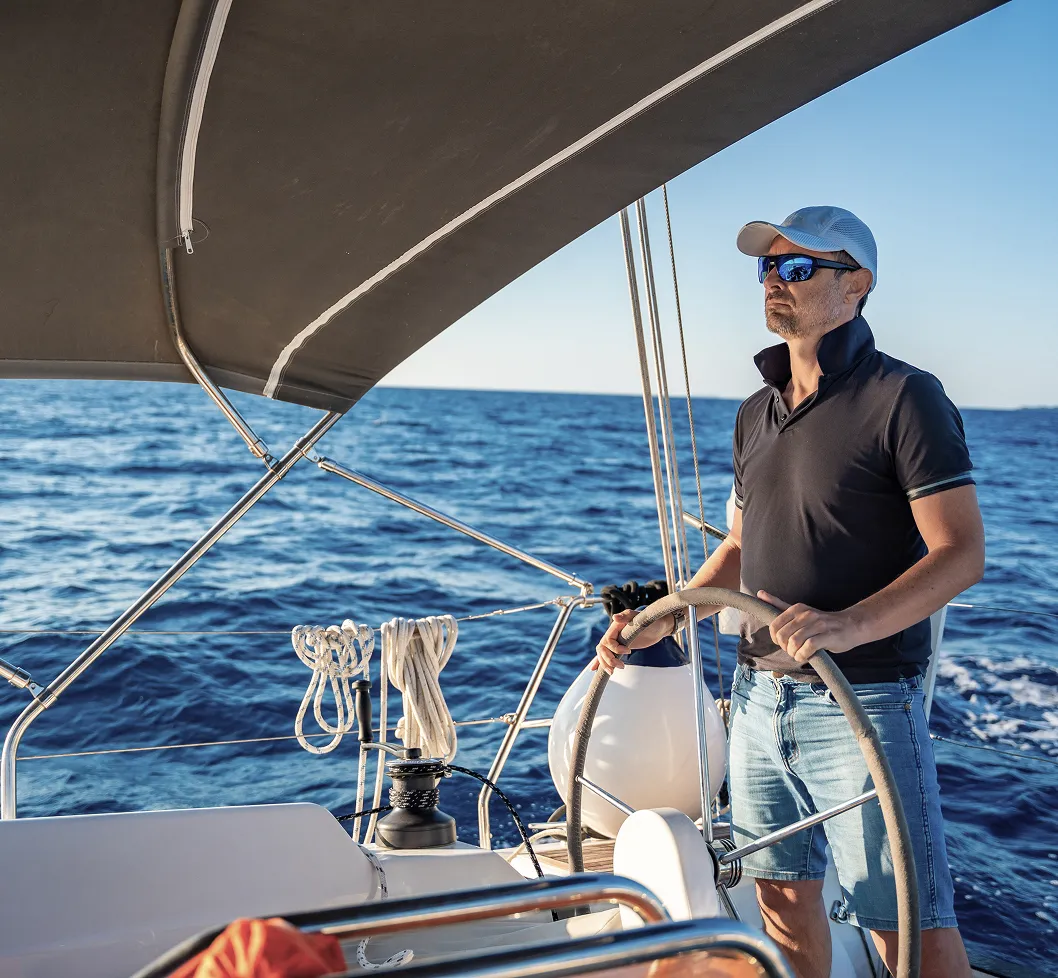
What Our Clients Say

Mariners

Recreational Boaters

Captains

Boaters
Why Thousands of Mariners Choose Sea School?
Each year, over 7,500 students choose Sea School for their maritime training. We offer 30+ USCG-approved courses across in-person, online, and satellite formats, with training available at 6 locations nationwide. Team training is also available on-site or via satellite to meet company needs.

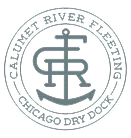
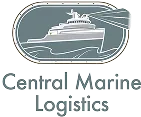


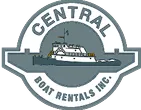

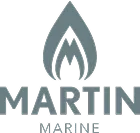








We’ve developed comprehensive, engaging, and practical curriculum to set you up for success on the water
While the curriculum represented on the Sea School website is a general layout of course information, it is not the exact order in which lessons are taught.
- Primary Areas of Navigation (Piloting, Dead Reckoning, Celestial Navigation, Radio Navigation)
- Magnetic Compass Use and Information
- Understanding Nautical Charts
- Interpreting Publications (Light List, US Coast Pilot, International Code of Signals, etc.)
- Aids to Navigation
- Electronic Navigation & Radar Operation
- Weather
- Tides & Current
- Primary Areas of Navigation (Piloting, Dead Reckoning, Celestial Navigation, Radio Navigation)
- Magnetic Compass Use and Information
- Understanding Nautical Charts
- Interpreting Publications (Light List, US Coast Pilot, International Code of Signals, etc.)
- Aids to Navigation
- Electronic Navigation & Radar Operation
- Weather
- Tides & Current
Chart Navigation
- Plotting & Finding Position
- Measuring Distance & Direction
- Plotting a DR track
- The Nautical Slide Rules
- Bearings & Ranges
- Plotting Practice
Chart Navigation
- Plotting & Finding Position
- Measuring Distance & Direction
- Plotting a DR track
- The Nautical Slide Rules
- Bearings & Ranges
- Plotting Practice
- Marlinspike Seamanship
- Boat Handling Basics
- Anchoring
- Heavy Weather Boat Handling
- Power Plant
- Classes & Chemistry of Fire
- Basic Firefighting & Prevention
- Passenger & Crew Safety in Emergencies
- Certification & Documentation of Vessels
- Rules & Regulations for Uninspected Passenger Vessels
- Pollution Prevention
- Radio Communications
- Signals
- Marlinspike Seamanship
- Boat Handling Basics
- Anchoring
- Heavy Weather Boat Handling
- Power Plant
- Classes & Chemistry of Fire
- Basic Firefighting & Prevention
- Passenger & Crew Safety in Emergencies
- Certification & Documentation of Vessels
- Rules & Regulations for Uninspected Passenger Vessels
- Pollution Prevention
- Radio Communications
- Signals
- Navigation Rules - International
- Navigation Rules - Inland
- Navigation Rules - Review
- Navigation Rules - International
- Navigation Rules - Inland
- Navigation Rules - Review
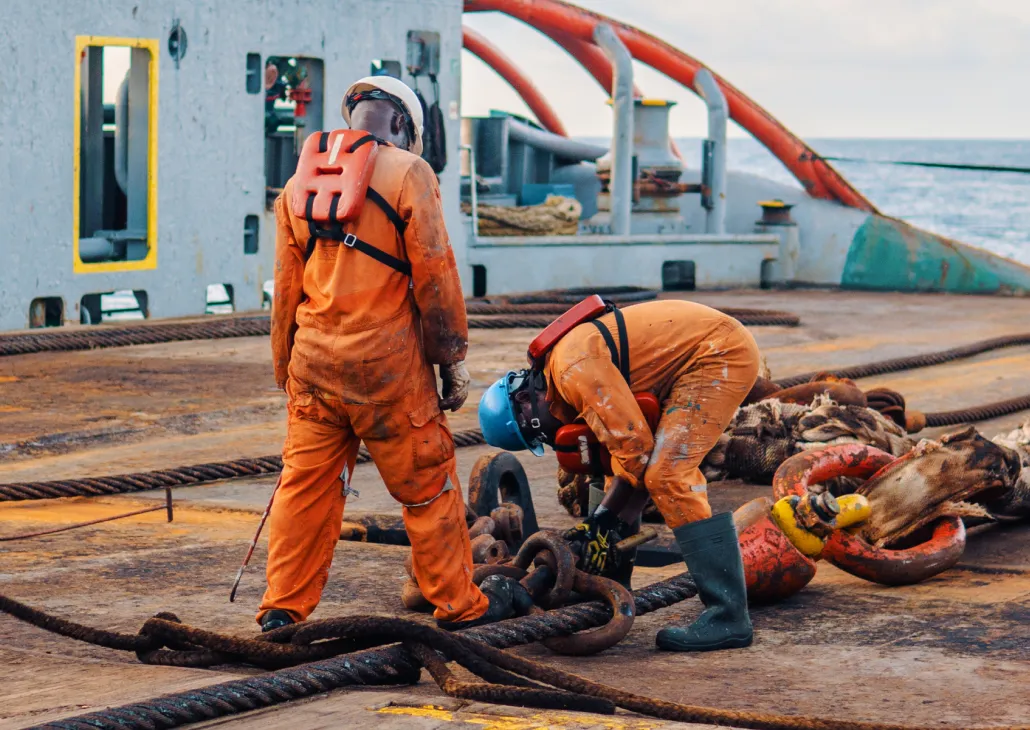
Team Trainings
Sea School provides comprehensive team training solutions designed to meet your organization's unique requirements. Our certified instructors are available for on-site training at your location, or your team can utilize our dedicated training facilities. Please contact us for further details regarding our corporate training opportunities.
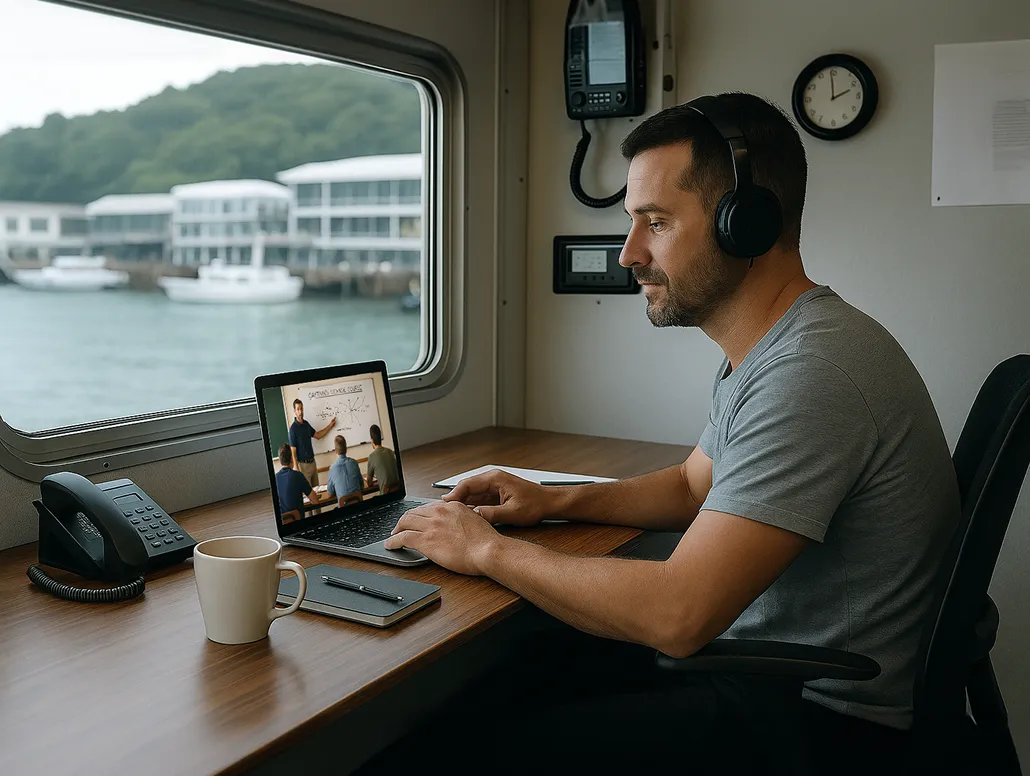
Online Trainings
Looking to obtain your next license at your own pace? Sea School offers a selection of immersive online courses designed to provide you with convenient access to our high-quality course material. Explore our online options and contact us with any questions you may have.
A Simple 3-Step Process to Get Certified and Start Your Maritime Career
Choose Your Course
Pick the course that fits your experience level and sea time and select the available format that works for you (in-person, Zoom, or online).
Enroll & Prepare
Register online or at a Sea School location. Ensure you meet eligibility requirements and start reviewing the provided study materials.
Get Certified
After finishing the course, you will need to submit your application to the Coast Guard to receive your Merchant Mariner Credential (MMC).

Advance your Maritime Career
An OUPV Captain’s License opens the door to many career opportunities. Eligibility for these careers depends on a mariner meeting ALL of the necessary United States Coast Guard requirements. Many of our graduates pursue careers in the following:
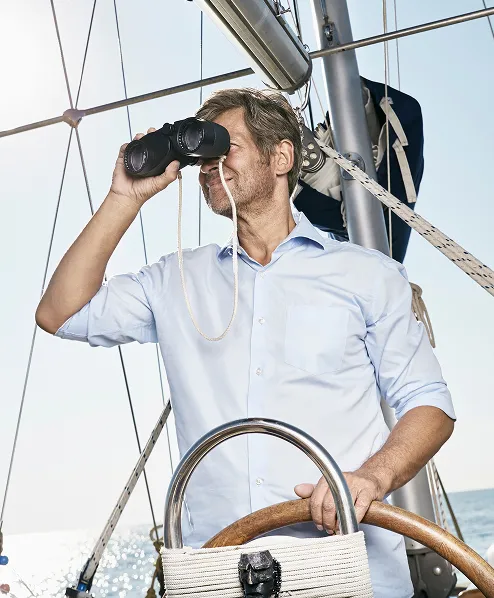
Charter Boat Captain
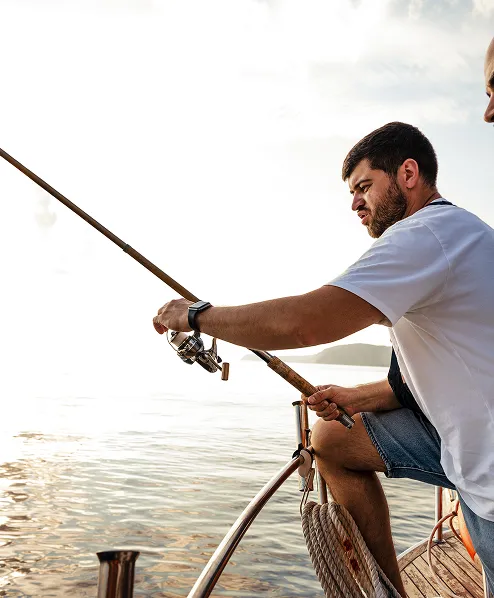
Fishing Guide
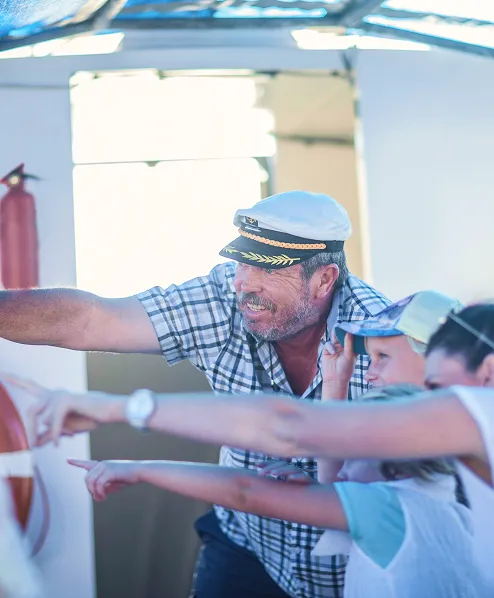
Tour Boat Captain
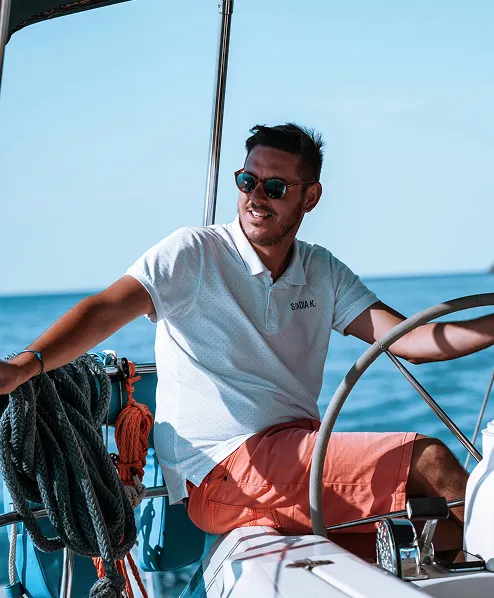
Water Taxi Driver
What Our Clients Say
Course Comparison
OUPV License Requirements: Everything You Need to Get Certified
Education & Testing Requirements
- Must complete Sea School’s approved course and exam.
- Option to take the exam at a USCG Regional Exam Center (REC) (not all locations offer testing).
- Prep courses are strongly recommended.
Eligibility Requirements
Minimum Age
- Must be 18 years old.
- 17-year-olds may take the class if they turn 18 within one year of course completion.
Boating Experience (Sea Time):
- Total Required: 360 days of boating experience.
- Recent Experience: 90 days within the last 3 years.
- 1 Day Defined: 4 consecutive hours underway in a 24-hour period - This is only true on vessels <100GT!
- Near Coastal: Time past boundary lines (lines of demarcation)
- Inland: Time inside boundary lines.
*Generally, the Boundary Line follows the high-tide waterline, extending across entrances to bays, inlets, harbors, rivers, and the ends of jetties or breakwaters
See 46 CFR part 7 for specifics
Medical & Drug Testing Requirements
Medical
- A USCG-approved physical is required.
- Sea School offers in-house physicals at most brick-and-mortar locations.
- Form CG-719K
Drug Test / Consortium Membership:
- Required for licensing.
- Sea School offers drug testing through its in-house consortium, APCA.
- Sign up at: apcadrugtesting.com or call (727) 522-2727.
Safety & Security Certifications
CPR / First Aid Certification:
- Certification Age: Must be less than one year old.
- USCG Approval: Certification must be USCG-approved.
- You can take the CPR/First Aid Training: Sea School Courses at All Locations
- Other recommended providers are: Emergency University, American Heart Association and the Red Cross
TWIC Card (Security Clearance):
- Required for U.S. government security clearance.
Application & Licensing Process
Students have one year from the first day of class to:
- Pass all exams
- Complete sea time requirements
- Fulfill all required eligibility, medical, drug testing, safety, and security requirements
- Submit their application to the U.S. Coast Guard
All the answers you’ll need before enrolling in the OUPV course
An OUPV (Operator of Uninspected Passenger Vessels) license is a U.S. Coast Guard certified license. An OUPV license allows mariners to operate an uninspected passenger vessel (UPV) for up to six passengers, at least one of whom is for hire. The OUPV license is commonly referred to as the "6-PACK" or “Captain’s License.”
- The word "uninspected" is a technical term meaning that the equipment required, and the design of the boat, are not formally inspected by the USCG
- "6-PACK" refers to the 6 passenger limitation on the license
- All OUPV licenses are for vessels less than 100 Gross Registered Tons
There are two primary categories of Operator of Uninspected Passenger Vessel (OUPV) licenses: Near Coastal and Inland. While the course material for both licenses is largely the same, the sea time requirements differ.
- OUPV Near Coastal: Allows operation of vessels up to 100 GT on ocean or near coastal waters (up to 100 nautical miles offshore). To obtain an OUPV Near Coastal License, at least 90 days of Sea Time must occur on near coastal waters.
- OUPV Inland: Restricts operation to inland waters only, such as lakes (excluding the Great Lakes), rivers, bays and within boundary lines as definied within 46 CFR part 7.
1. A certificate of completion of Sea School’s approved course and exam
- Alternatively, a student could take the exam at a USCG Regional Exam Center (REC). Not all USCG locations provide testing, so students must schedule at an REC. Prep courses like the ones offered at Sea School are highly recommended.
2. 18 years of age
- Students who are 17 years old may take OUPV classes, provided their 18th birthday falls within one year of completing the course.
3. 360 days of underway boating experience (90 of these days in the last 3 years)
- 1 day of sea time/boating experience is equivalent to a minimum of 4 consecutive hours underway in a 24 hour period. Near Coastal is considered underway time past the jetty (or line of demarcation). Anything inside that line is considered Inland.
4. A physical that satisfies the Form CG-719K
5. Pass a drug test
- In order for OUPV license holders to captain vessels for paying passengers, they must be members of a drug testing consortium.
- While only one passed drug test is required for OUPV license holders NOT seeking employment, membership to a drug testing consortium is highly recommended.
6. USCG-approved CPR/First Aid certificate that is less than one year old
7. TWIC card (U.S. government security clearance)
For a student to formally receive their Merchant Mariner Credential, they must submit their MMC application to the USCG for review. The application (often referred to as "paperwork") process is lengthy and dense.
The OUPV license is valid for 5 years.
Submit a complete application packet to the NMC/USCG that includes:
- CG-719B Application For Merchant Mariner Credential
- Sea Service Form CG-719 S with at least 360 days in the last 5 years OR License Renewal Course Completion Certificate
- Valid Medical Certificate or Application for Medical Certificate (CG-719K)
- Compliant drug test within the last six months OR letter of compliance from Drug Consortium
- USCG Fees $95
Sea Service Requirements (only if MMC is not expired beyond 6 years):
Please note only 1 of the below is required to renew your OUPV license
- 360 days of service during the past 5 years from date of application
- Pass a comprehensive, open-book exercise
- Complete an approved refresher training course
- Provide evidence of employment as a qualified instructor or in a position closely related to the operation, construction, or repair of vessels (either deck or engineer as appropriate) for at least 3 yrs during the past 5 years from date of application
- Provide evidence of being a qualified instructor who has taught a CG approved course relevant to the endorsement being applied at least twice within past 5 years from date of application.
Submit your Application Packet to the Nearest Regional Exam Center (REC)
The USCG Master’s License is the highest level captain’s license and allows you to operate larger, inspected vessels, such as dinner cruises, ferries, dive boats, and party boats with seven or more passengers.
There are several differences between an OUPV and Master’s license listed below:
- Required Age: For OUPV the minimum age is 18 while the minimum age for Master is 19.
- Citizenship: OUPV can be permanent resident. Master MUST be US citizen.
- Passenger Limit: OUPV (6-Pack) license allows you to take up to 6 passengers for hire on your vessel. Master License allows you to take more than 6 passengers.
- Vessel Type: OUPV is for “uninspected” vessels only. Master License is for inspected and uninspected vessels.
- Area of Operation: OUPV is for U.S. Inland and Near Coastal Waters. Master’s License is for U.S. & International Waters (depending on your endorsement)
- Master's License sea time: Master Inland: 360 days total (same as OUPV). Master Near Coastal: 720 overall, at least 360 in near coastal waters.
Testing for OUPV can take place in a number of different places.
- Regional Exam Centers across the country
- Offered weekly at all Sea School locations upon completion of the course
- Online proctored testing is also available
Non-citizens can apply for a USCG captain’s license if they are legal residents authorized to work in the U.S. The 25/50/100-Ton Masters license, however, is reserved for U.S. citizens. Non-eligible individuals can still join the Sea School course to enhance their maritime knowledge and boating skills.
When individuals encounter the term "100 GT" or "100 Gross Registered Tons," they typically misinterpret it as a weight-based measurement. On the contrary, gross tonnage (within the maritime context) refers to the total enclosed space or internal capacity of a vessel, calculated in terms of 100 cubic feet per gross ton. A 100-ton vessel can measure 65 feet or more in length, contingent upon its design and commercial application.
If you need assistance with your course, we have instructor assistance available over the phone at no additional charge. Please call (800) 237-8663 and we will help get something setup for you.
It’s Time to Start Your Maritime Career!
Helping thousands of mariners every year, Sea School is a leader in the maritime education space. Whether you are new to the industry or looking to add onto your Merchant Mariner Credential, find the courses right for you at Sea School.
